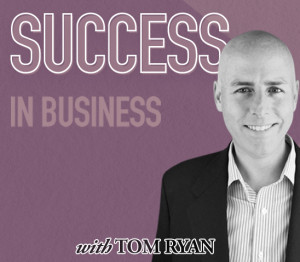 In the real estate world, there’s a concept called “highest and best use.” It’s a principle appraisers use to determine the optimal value of a piece of property. The basic idea is that a property’s use and its value are strongly connected. When a property is being used in the best way possible — taking advantage of its location, utilizing available parking, being in good shape with modern upgrades, and complementing other nearby properties — then it should also have its optimal value. When a property is being used poorly, on the other hand, its value suffers.
In the real estate world, there’s a concept called “highest and best use.” It’s a principle appraisers use to determine the optimal value of a piece of property. The basic idea is that a property’s use and its value are strongly connected. When a property is being used in the best way possible — taking advantage of its location, utilizing available parking, being in good shape with modern upgrades, and complementing other nearby properties — then it should also have its optimal value. When a property is being used poorly, on the other hand, its value suffers.
You might be thinking “That’s great, Tom, But what does this have to do with entrepreneurship?” Everything. At a core level, entrepreneurship is about creating value. By using this concept of highest and best use, we can help entrepreneurs and business owners understand the strong correlation between what they spend their time on (their use) and the overall value of their venture.
I use this concept of highest and best use all the time when coaching new entrepreneurs. For instance, one of the companies I work with is a great, high-growth tech startup with a lot of potential. The co-founder and CTO of that startup has done some really innovative stuff, building a truly powerful platform from scratch. But, like many entrepreneurs in early-stage companies, he’s also being pulled in a lot of directions at once.
This is an extremely common problem, as any business owner or entrepreneur will tell you. Leading a company means wearing a lot of hats, from the highest-level strategic thinking and planning to taking out the garbage. In his case, the co-founder was responsible for doing the bookkeeping in addition to his CTO workload. He’s a great programmer, but it’s putting it lightly to say that he struggles as a bookkeeper.
One of the first things I like to do when I start working with a company is to take a long, hard look at the financials. Very quickly, I determined that this startup’s financials were in rough shape. The books lacked the organization and details — the cost counting — that you really need to determine the underlying costs of running the business.
After I realized just how lackluster their financials were, I sat down with the co-founder to talk about getting them in order. As it turned out, he hated doing the books. The only reason he was doing the accounting at all was because there was no one else to do it. The solution seemed obvious: Why not bring in a bookkeeper?
It was exactly the advice he was hoping to hear, but he was understandably concerned about the cost. After some research, we determined that it would cost between $20 and $40 an hour to bring a skilled bookkeeper in to work part time. For most early stage companies, that’s not a small expense. Not surprisingly, he wasn’t convinced that the benefits outweighed the costs.
He changed his mind, however, when we took a look at what it was already costing the company for him to do the books. In addition to his work as CTO and de facto bookkeeper at his startup, he was also doing side work to help make ends meet. I asked him what he charged as a consultant, and he told me that he billed $150 per hour. It didn’t take him long to make the connection, and to get my point.
Every hour he spent working on the books himself was effectively costing the company $110 more than if they hired out the same work to a top-quality, professionally trained bookkeeper. His highest and best use was working as a programmer, and every hour he spent working a side job could easily pay for three hours of help keeping the books in order — and with enough left over to buy them both lunch.
This turned out to be a pretty convincing argument. The startup hired a great bookkeeper, and now they have excellent financials to show their investors. More importantly, the CTO now has far more time to invest in the programming they need to develop their IP, allowing the startup to build value. It’s a win-win, and a great example of highest and best use in action.
How do you know what your highest and best use it? In my next post, I’ll give you some simple tips to help you determine it for yourself.
